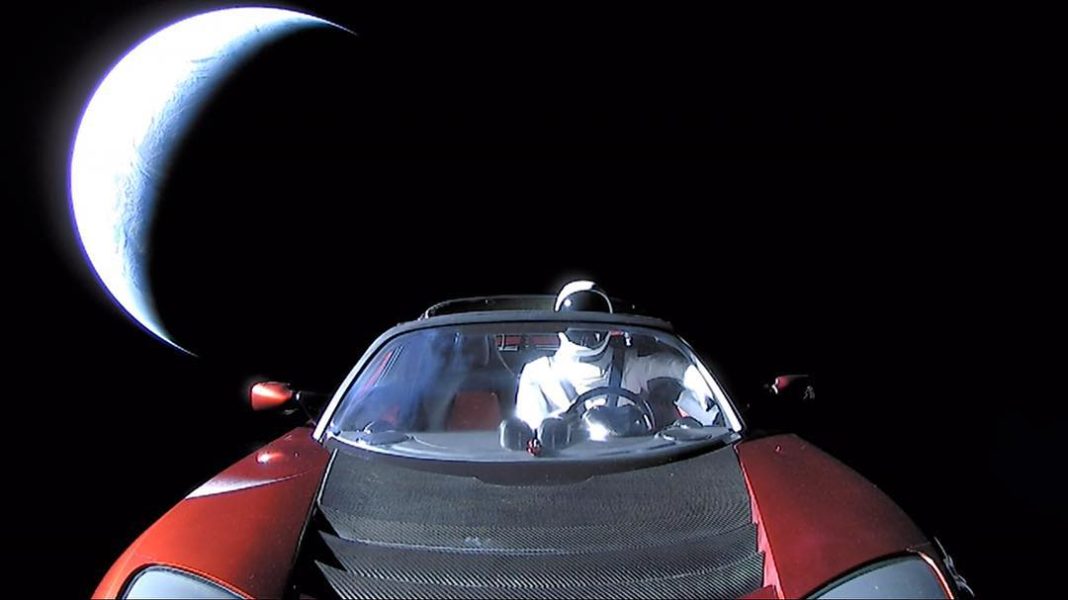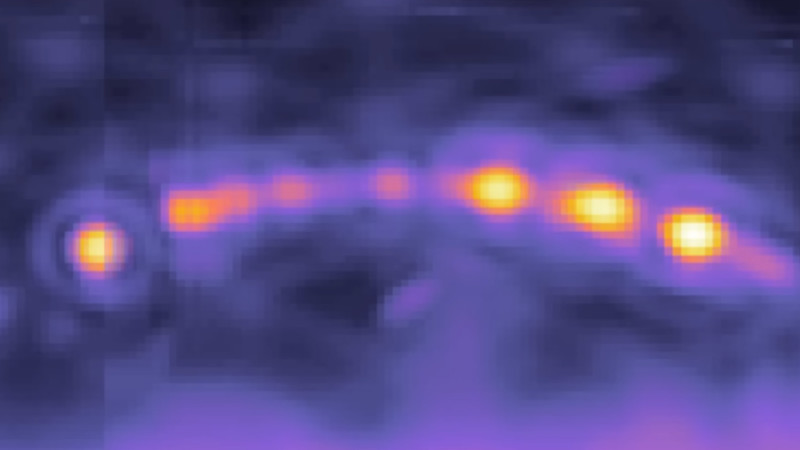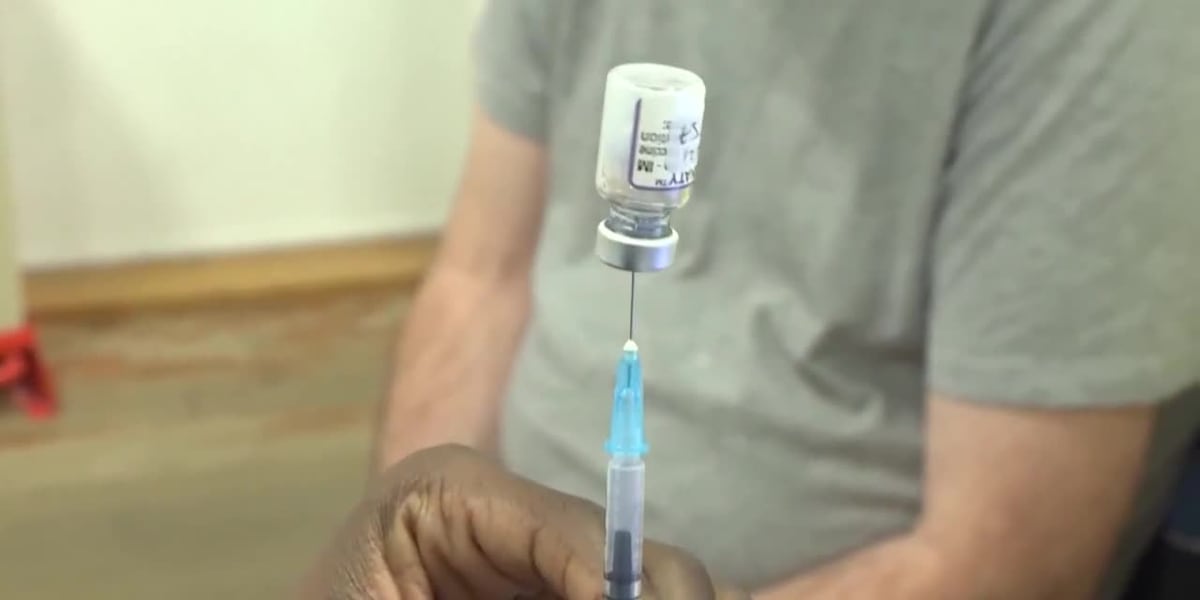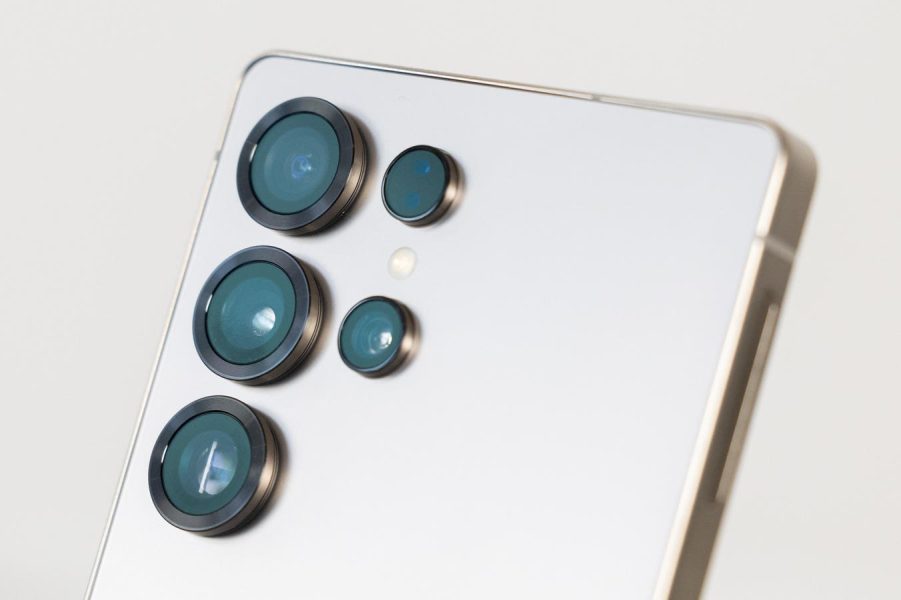Spacewalks resume from U.S. segment of ISS after six month hiatus – NASASpaceflight.com
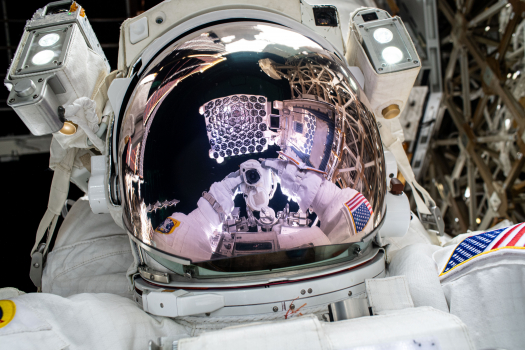
January 26, 2025January 22, 2025January 21, 2025January 14, 2025January 22, 2025January 6, 2025December 31, 2024December 31, 2024January 21, 2025December 31, 2024December 31, 2024December 27, 2024December 31, 2024December 30, 2024December 23, 2024December 2, 2024January 14, 2025January 13, 2025December 31, 2024December 31, 2024December 31, 2024December 27, 2024December 23, 2024December 6, 2024January 26, 2025January 21, 2025January 15, 2025January 14, 2025January 21, 2025January 5, 2025December 31, 2024December 15, 2024May 18, 2024December 3, 2023April 26, 2023March 28, 2023January 15, 2025December 4, 2024September 12, 2024August 13, 2024January 26, 2025January 22, 2025January 21, 2025January 14, 2025January 22, 2025January 6, 2025December 31, 2024December 31, 2024January 21, 2025December 31, 2024December 31, 2024December 27, 2024December 31, 2024December 30, 2024December 23, 2024December 2, 2024January 14, 2025January 13, 2025December 31, 2024December 31, 2024December 31, 2024December 27, 2024December 23, 2024December 6, 2024January 26, 2025January 21, 2025January 15, 2025January 14, 2025January 21, 2025January 5, 2025December 31, 2024December 15, 2024May 18, 2024December 3, 2023April 26, 2023March 28, 2023January 15, 2025December 4, 2024September 12, 2024August 13, 2024January 26, 2025January 22, 2025January 21, 2025January 14, 2025January 22, 2025January 6, 2025December 31, 2024December 31, 2024January 21, 2025December 31, 2024December 31, 2024December 27, 2024December 31, 2024December 30, 2024December 23, 2024December 2, 2024January 14, 2025January 13, 2025December 31, 2024December 31, 2024December 31, 2024December 27, 2024December 23, 2024December 6, 2024January 26, 2025January 21, 2025January 15, 2025January 14, 2025January 21, 2025January 5, 2025December 31, 2024December 15, 2024May 18, 2024December 3, 2023April 26, 2023March 28, 2023January 15, 2025December 4, 2024September 12, 2024August 13, 2024The International Space Station (ISS) kicked off 2025 with a long-awaited return to extravehicular activity (EVA) spacewalk activities from the U.S. segment of the ISS. These spacewalks were sharply curtailed in 2024 due to issues with the aging Space Shuttle-era Extravehicular Mobility Unit suits.Before this latest spacewalk, EVA-90 was the most recent to be performed, with NASA astronauts Tracy Dyson and Mike Barratt exiting the Station on June 24, 2024. However, just over half an hour into the EVA, Dyson and Barratt were instructed to re-enter the Station due to a water leak in astronaut Dyson’s spacesuit.U.S. astronauts resume spacewalksOne of the first events to occur aboard the Station in 2025 was the successful completion of EVA-91, the first EVA at the United States Orbital Segment (USOS) since Dyson and Barratt’s EVA-90. This EVA, which took place on Thursday, Jan. 16, featured several primary tasks. These included replacing the rate gyro assembly, repairing an X-ray telescope, replacing a navigational reflector, and preparing for a future repair of the Alpha Magnetic Spectrometer (AMS).Astronauts Nick Hague and Suni Williams opened the hatch on the Station’s Quest airlock module at 12:58 UTC on Jan. 16. Their suits switched to battery power three minutes later at 13:01 UTC, marking the official start of EVA-91. Hague wore the EV1 suit with red stripes, while Williams donned the EV2 suit.The pair’s first major task was to replace a degraded rate gyro assembly on the central S0 truss on ISS with a new unit. The two rate gyro assemblies (RGAs) onboard provide information about the Station’s attitude to the navigation system data processor. Each RGA contains three-ring laser gyros made by Honeywell, and RGA-2 was the unit to be replaced during this EVA.Hague and Williams successfully conducted the remove-and-replace operation, installing the new RGA and removing the old one with the help of pistol grip tools. The old RGA is now in a bag, stowed in the Quest airlock, for a possible return to Earth. Suni Williams’ next task was to replace a navigational reflector on Pressurized Mating Adapter-3 (PMA-3) on the Harmony node module’s zenith side.While Williams replaced the planar reflector, which was contaminated with a white film or powder, Nick Hague moved from PMA-3 to repair light leaks that were noted on the Neutron Star Interior Composition Explorer (NICER) telescope mounted on the Station’s S3 truss. This would be the first on-orbit repair of an orbiting space telescope since the STS-125 mission repaired the Hubble Space Telescope in 2009.The NICER telescope is used to study black holes, neutron stars, and other high-energy phenomena in the X-ray portion of the electromagnetic spectrum. The telescope had developed leaks in its thin thermal shields in 2023, which had saturated detectors and affected observations made during orbital daylight.Astronaut Suni Williams during the replacement of a rate gyro assembly as part of EVA-91 on Jan. 16, 2025. (Credit: NASA)Hague used a T-handle tool to install nine wedge-shaped patches to cover damaged areas. These patches were brought aboard the Station on the NG-21 cargo resupply mission last year, and it is hoped these will enable the NICER team to return the instrument to a more regular operating schedule.The final task for EVA-91 was to conduct fit checks for future upgrades on the AMS attached to the S3 truss. Hague and Williams met at the AMS to remove the C2V2 cable, beta cloth, and lacing cords before accessing a patch panel. At the patch panel, they checked which connectors would be easily accessible for future upgrades.The astronauts were around an hour ahead of their planned timeline, so they were given “get-ahead” tasks that would have otherwise been conducted on future spacewalks. The pair imaged an ammonia line on the Unity node module and tested an articulated portable foot restraint (APFR) on the Z1 truss, which they found to be in good condition.Astronaut Suni Williams during the replacement of a planar reflector on EVA-91 on Jan. 16, 2025. (Credit: NASA)Hague and Williams also imaged debris strikes on a pair of handrails and swapped out an APFR that had issues with a new one. Their EVA, the first of the year for the ISS, lasted six hours. Hague completed his fourth spacewalk, and Williams completed her eighth. Hague now has 25 hours and 56 minutes of cumulative EVA time, while Williams has 56 hours and 40 minutes.See AlsoExpedition 72 updatesISS sectionNSF StoreClick here to Join L2EVA-91 was the 273rd spacewalk in support of the Station. The cumulative EVA time aboard the ISS is now 72 days, one hour, and 13 minutes.EVA-90’s issues and unfinished businessThe successful completion of EVA-91 now paves the way for Expedition 72 to conduct its third spacewalk. It also allows its astronauts to tend to unfinished business from last year’s aborted EVA-90 and complete other tasks planned for 2024.EVA-90 had three major tasks. The first was the removal of the Radio Frequency Group antenna box for return to Earth, followed by microorganism sampling from spots on the Station’s exterior. Finally, a cover needed to be removed from a robotic arm joint to make it available on the Canadarm during a future contingency spacewalk.This spacewalk was originally scheduled to be performed by astronauts Loral O’Hara and Andreas Mogensen in early 2024 but was pushed back to the middle of the year. On June 13, astronauts Matthew Dominick and Tracy Dyson were preparing to conduct this EVA, but it was ultimately called off due to a “spacesuit discomfort” issue for Dominick. The spacewalk was pushed back for 11 days.Astronaut Tracy C. Dyson seen in her spacesuit prior to the truncated EVA-90 spacewalk in June 2024. (Credit: NASA)On June 24, Tracy Dyson and Michael Barratt had passed the donning of spacesuits and all other steps necessary to switch to battery power and start the EVA. The astronauts opened the hatch and switched to battery power, officially starting the spacewalk at 12:46 UTC. However, Dyson’s spacesuit cooling unit (SCU) water loop leaked soon after, and the astronaut found ice forming on her gloves.EVA-90 was terminated and officially ended after 31 minutes, at 13:17 UTC, with no tasks being performed. Dyson reported ice crystals coming from the umbilical cord hooking the SCU to the airlock and that the leak stopped once she was hooked back into the Station’s power, air, and water supply.This was not the shortest EVA ever performed by a US astronaut. Ironically, Michael Barratt holds the record from when he and Gennady Padalka spent 12 minutes outside the Station while installing a docking cone in the Russian segment in 2009.Dyson’s SCU leak required analysis before spacewalks could resume from the USOS. Once the SCU umbilical was successfully replaced and checked out, EVAs were allowed to continue.The upcoming EVA-92 will now perform the tasks originally slated for EVA-90 during the summer of 2024 and is scheduled for Jan. 30 at 13:00 UTC. Astronauts Butch Wilmore and Suni Williams, the Starliner CFT crewmembers now conducting a segment stay on the Station, will be performing this spacewalk.The EVA, which is scheduled to take six and a half hours, was initially scheduled for Thursday, Jan. 23. However, this attempt was postponed due to the need to refurbish ammonia in one of the Station’s two cooling loops. Once the EVA gets underway, Wilmore and Williams will move to External Stowage Platform 2 (ESP2) mounted to the Quest airlock module to begin their first major task.The two astronauts will remove a cover from the Radio Frequency Group antenna and use a specially designed wrench to loosen the bolts holding it to the ESP2 platform. Then, they will stow the antenna assembly in the airlock for return to Earth before proceeding to the microorganism sampling task.Astronaut Sunita “Suni” Williams during her first EVA on the STS-116 mission in 2006. (Credit: NASA)EV1 astronaut Suni Williams, who is likely to become the new female EVA cumulative time record holder on this EVA, will gather microorganism samples from the surface of the vacuum exhaust system stack. She will also gather samples from the Quest airlock hatch and the surface of the carbon dioxide vent on the Destiny laboratory module. A control sample from space outside a vent will also be gathered.EV2 astronaut Butch Wilmore will move to the zenith side of the external stowage platform and remove external insulation covering a spare Canadarm2 joint. This will allow the joint — the Latching End Effector-A wrist joint replacement module — to be mounted in the robotic arm if needed during a future contingency spacewalk. Before EVA-92 ends, the astronauts will also place tethers and a cable bag outside for the next spacewalk.The ESP2 external stowage platform mounted on ISS. (Credit: NASA)The Radio Frequency Group antenna was originally intended to be retrieved by the Expedition 69 crew during a spacewalk and then returned to Earth. However, astronauts Stephen Bowen and Sultan Al Neyadi could not release the antenna from ESP-2 during EVA-86 due to a stuck bolt, and the task had to be deferred to EVA-90 and now EVA-92.Astronauts Jasmin Moghbeli and Loral O’Hara were to remove and stow the antenna during EVA-89, but they ran out of time to complete the work. This EVA, the last of 2023 for the USOS, was the last fully completed spacewalk for the U.S. segment until EVA-91.The path aheadThe next planned ISS spacewalk after EVA-92 will also be from the USOS. EVA-93 will involve installing struts for the ISS Roll Out Solar Array (iROSA) to prepare for a new solar array installation later this year. Other tasks slated for EVA-93 include removing fixtures from the 3B mass canister on the S4 truss, installing width extenders under the C2V2 antennas, replacing Camera 9, and installing a router on the Camera 9 group for future spacewalks.The iROSA for the 1B power channel being rolled out during EVA-88. (Credit: NASA TV)The astronauts, who have not yet been assigned, are also scheduled to replace a light and install a DC to DC Converter Unit jumper cable. Astronauts are trained to conduct spacewalks before they fly to the Station. They can also be assisted by fellow astronauts on the ground who have run through a specific spacewalk scenario at the Johnson Space Center’s training facilities.In addition to performing spacewalks, the ISS crew is busy conducting various experiments and maintenance tasks inside the Station. In January, scientific research activities included experiments related to human adaptation to the microgravity environment aboard the ISS, fire safety experiments in the Combustion Integrated rack, and micro-algae experiments that could make food and oxygen for future crews.The year’s first cargo supply launch to the Station is scheduled for no earlier than Feb. 28, when Progress MS-30 is scheduled to fly from the Baikonur Cosmodrome in Kazakhstan. The first crewed launch to the ISS in 2025, Crew-10, is set for March 25. Crew-10 will fly to the Station with NASA’s Anne McClain and Nichole Ayers, JAXA’s Takuya Onishi, and Roscosmos’ Kirill Peskov onboard.(Lead image: The NICER X-ray telescope is reflected in Nick Hague’s helmet visor. Credit: NASA)©2005-2023 – NASASpaceflight.comJanuary 26, 2025January 22, 2025January 21, 2025January 14, 2025January 22, 2025January 6, 2025December 31, 2024December 31, 2024January 21, 2025December 31, 2024December 31, 2024December 27, 2024December 31, 2024December 30, 2024December 23, 2024December 2, 2024January 14, 2025January 13, 2025December 31, 2024December 31, 2024December 31, 2024December 27, 2024December 23, 2024December 6, 2024January 26, 2025January 21, 2025January 15, 2025January 14, 2025January 21, 2025January 5, 2025December 31, 2024December 15, 2024May 18, 2024December 3, 2023April 26, 2023March 28, 2023January 15, 2025December 4, 2024September 12, 2024August 13, 2024
Source: https://www.nasaspaceflight.com/2025/01/iss-roundup-012425/
